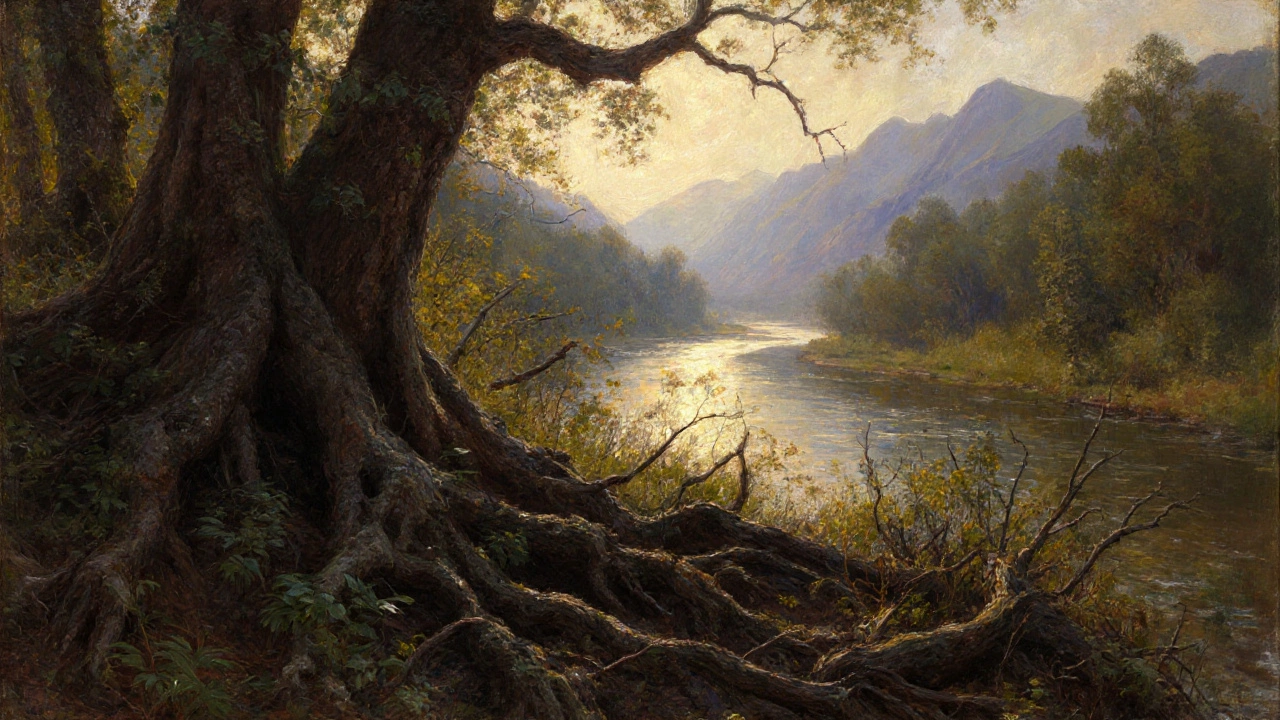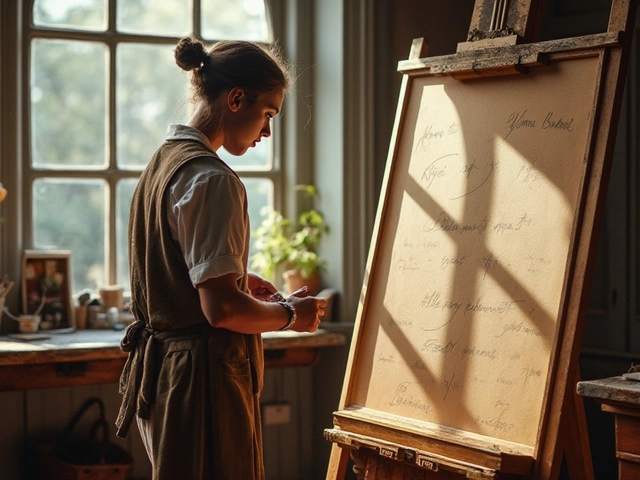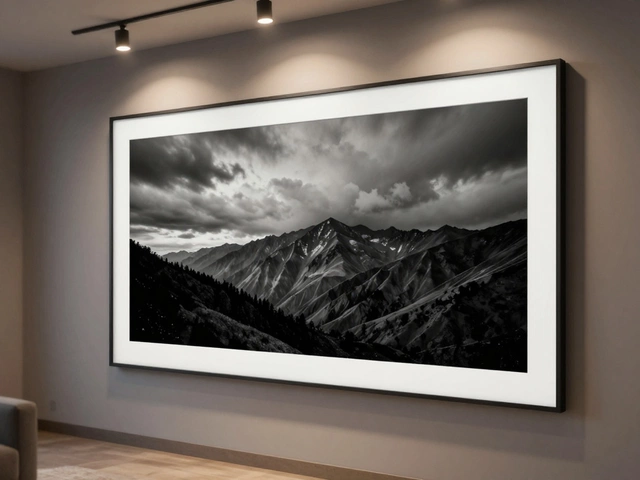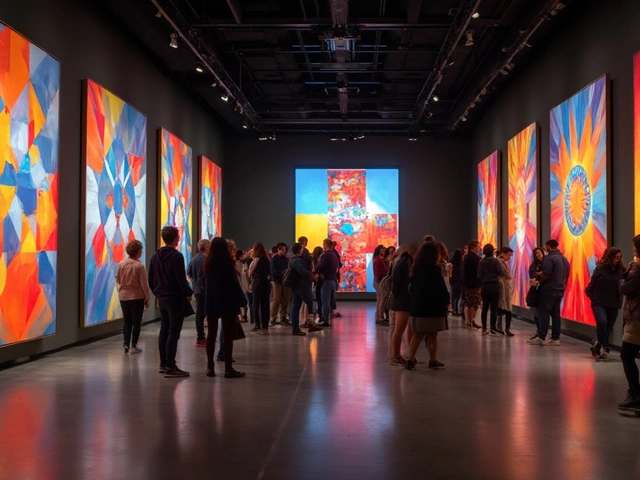Foreground in Art: How to Use Foreground Elements to Create Depth and Focus
When you look at a great landscape painting, what pulls you in first? It’s often the foreground, the part of a painting closest to the viewer that anchors the scene and directs attention. It’s not just the front part of the picture—it’s the doorway your eyes walk through before they travel into the distance. Without a strong foreground, even the most colorful sky or distant mountain feels flat, like a postcard with no texture. Artists use the foreground to ground the viewer, to add scale, to tell a story, and to control how long you stay in the image.
Think of the foreground, the immediate visual layer closest to the viewer in a composition as the foundation of depth. It works with atmospheric perspective, the technique where distant objects appear lighter, bluer, and less detailed due to air and light and the rule of thirds, a compositional guideline that divides the canvas into thirds to place key elements for visual balance to create realism. You don’t need to paint every leaf or rock in the front—just enough to suggest texture, weight, and distance. A single worn boot, a cluster of wildflowers, or a winding path all work better than a cluttered mess. The best foregrounds feel natural, not forced. They invite you in, not shout at you.
Many artists struggle because they focus too much on the background—detailed clouds, perfect sunsets—and forget the foreground is what makes the scene feel real. Look at the posts below: you’ll find guides on how to paint landscapes that actually feel like you could step into them. You’ll see how adding a few well-placed foreground objects can turn a pretty picture into a compelling story. Whether you’re using oil, acrylic, or digital tools, the principles stay the same. The foreground isn’t just a detail—it’s the first impression. And in art, first impressions stick.
Below, you’ll find real, practical advice from artists who’ve figured out how to make their foregrounds work—whether they’re painting a Welsh coastal path, a quiet field, or a figure walking into the distance. No theory without action. No fluff. Just what works.

Learn the four essential parts of a landscape in art-foreground, middle ground, background, and atmospheric perspective-and how they create depth and realism in paintings.

Landscape painting relies on three essential layers: foreground, middle ground, and background. Learn how each creates depth, guides the eye, and brings realism to your art.





